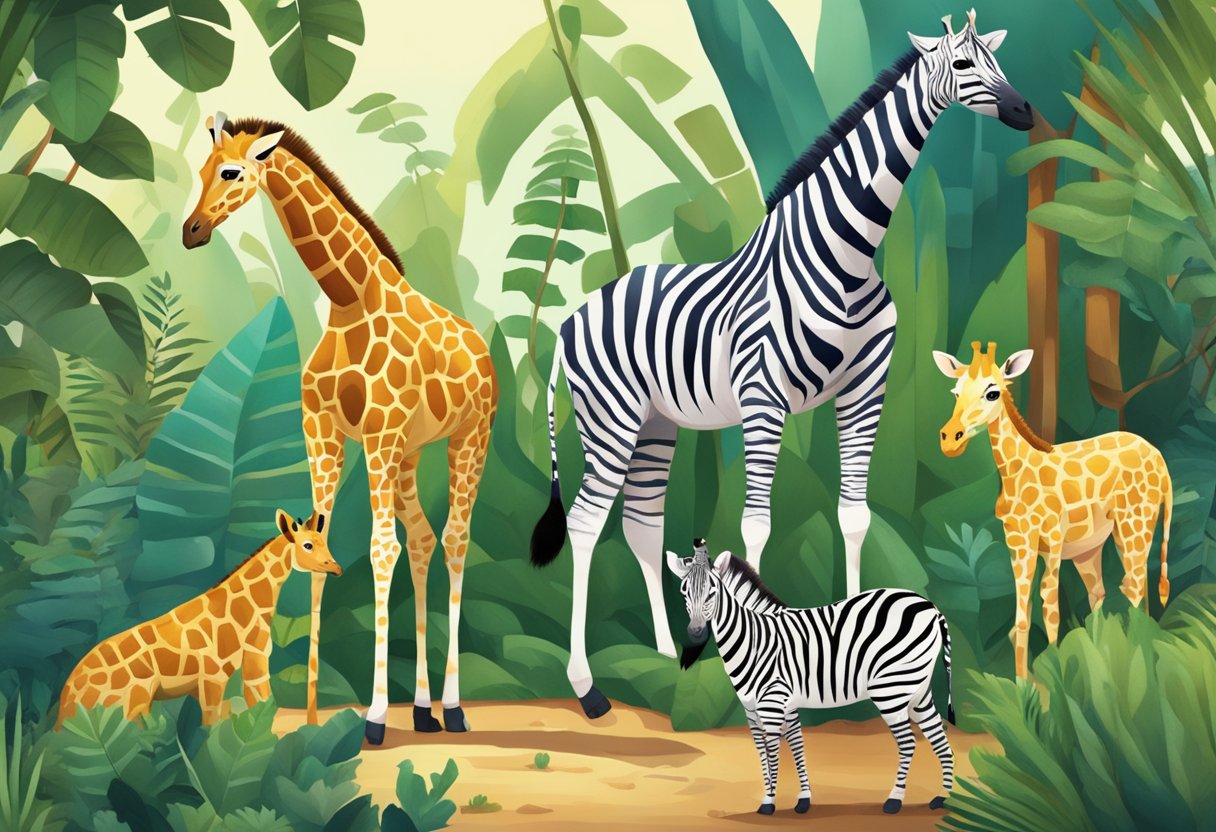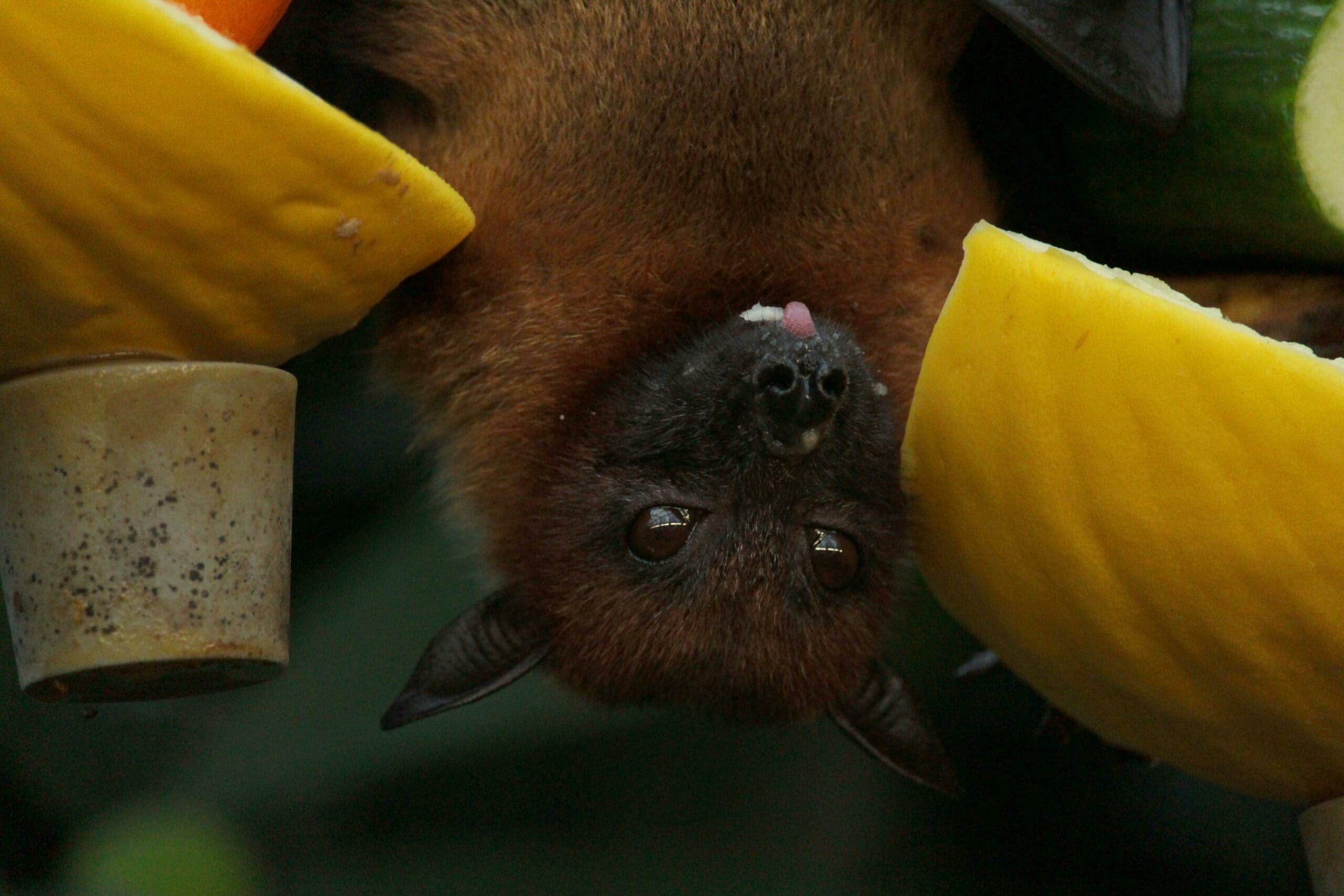
Hibernation Facts for Kids – 5 Huge Facts about Hibernation
Table of Contents
Some animals can do real magic! Some animals can slow down their metabolism and their breathing rate. Let’s learn five huge hibernation facts for kids.
Hibernation Facts for Kids Fact Number 1: Metabolism
Hibernating animals go into a deep sleep during winter to conserve energy and avoid harsh weather conditions. Hibernation is a way for animals to survive cold temperatures, lack of food, and other challenges that come with winter. During hibernation, an animal’s metabolism slows down, which helps to conserve energy.

Hibernation Facts for Kids Fact Number 2: Winter Months
Some examples of hibernating animals include bears, bats, and ground squirrels. Bears, for instance, will prepare for hibernation by eating as much food as possible and building up a thick layer of fat to sustain them through the winter. Bats will gather in large numbers in caves or mines and will enter a state of torpor, where they slow down their metabolism, heart rate, and breathing. Ground squirrels will build a nest in a burrow underground, where they will sleep throughout the winter months.
Hibernation Facts for Kids Fact Number 3: Stored Food
Hibernation can last for several months, with animals waking up occasionally to eat stored food. Depending on the species, hibernation can last anywhere from a few weeks to several months. Some animals will wake up periodically to eat stored food or to move to a different location, but they will usually quickly return to hibernation.
Hibernation Facts for Kids Fact Number 4: Body Temperature
During hibernation, animals’ heart rate, breathing rate, and body temperature slow down. Hibernation is characterized by a significant decrease in an animal’s metabolic rate, which allows it to conserve energy. This slowdown of the body’s processes also results in a lower heart rate, breathing rate, and body temperature.
Hibernation Facts for Kids Fact Number 5: Animals Survival
Hibernation helps animals to survive harsh winter conditions and live through until spring, when food becomes more readily available. By hibernating, animals can avoid the dangers of winter, such as extreme cold, lack of food, and increased risk of predation. When spring arrives, animals will awaken from their hibernation and be ready to find food and mate. This helps to ensure the survival of their species and the continuation of their populations.

We hope you enjoyed learning more things about hibernation as much as we loved teaching you about them. Now that you know how majestic these animals are, you can move on to learn about other animals and birds like: Animal Adaptation, Nocturnal Animals, Wildlife Conservation and Vertebrates.
Why not subscribe to our LearningMole Library for as little as £1.99 per month to access over 3100 fun educational videos.


Leave a Reply